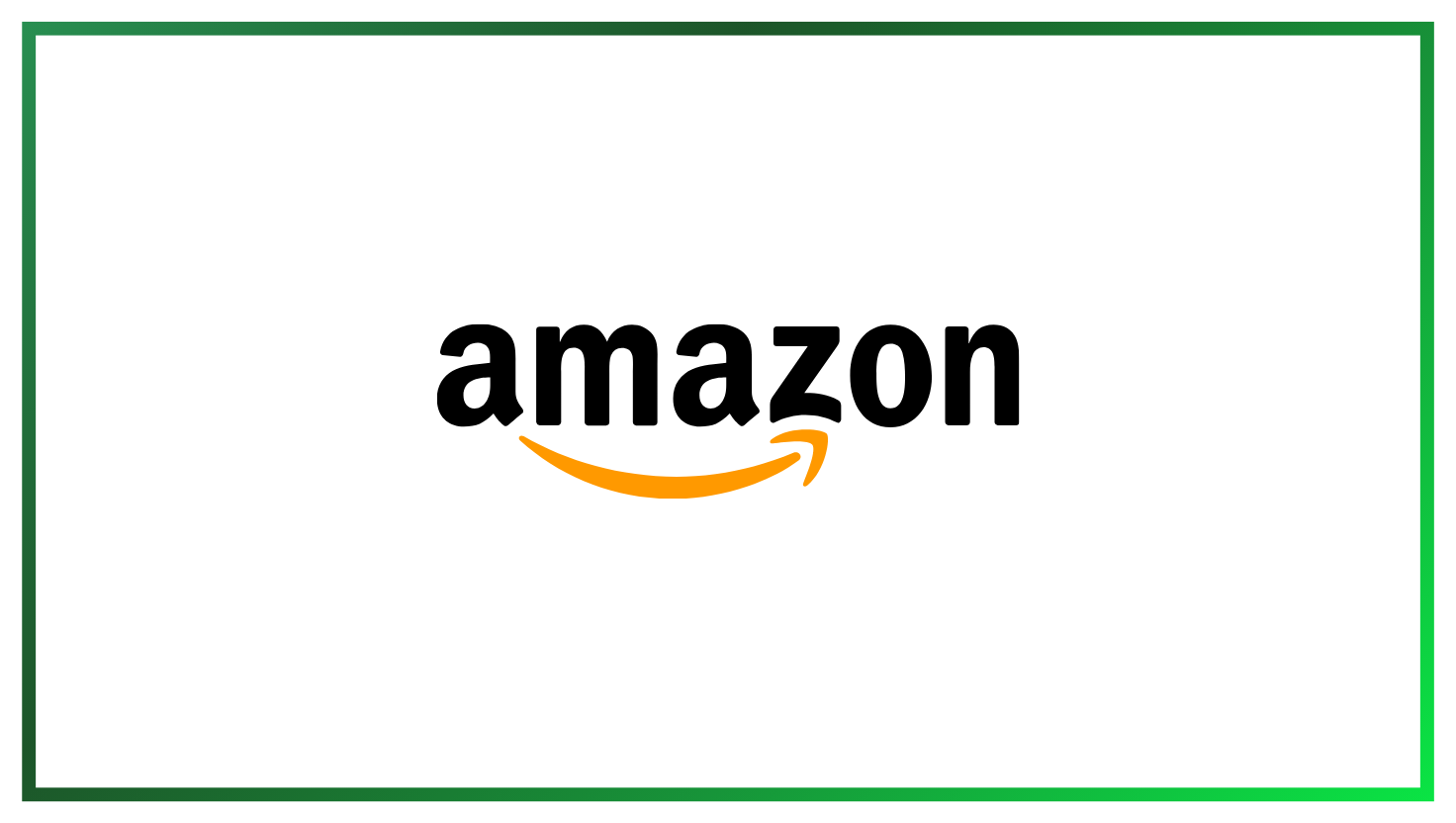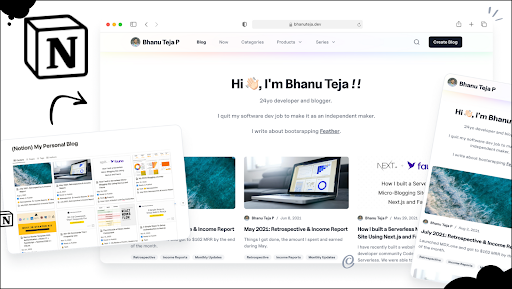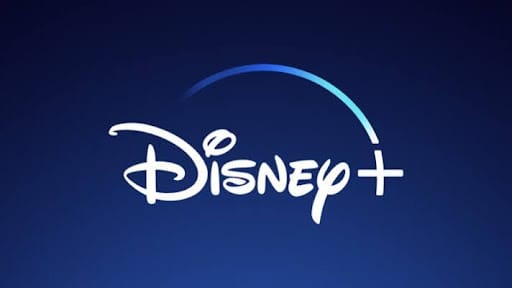The Rise of YouTube: A Digital Journey That Changed the World
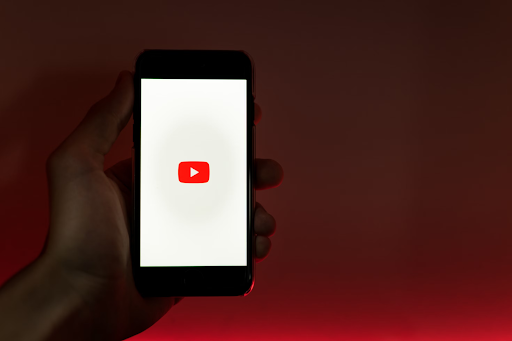
In a small office above a pizzeria in San Mateo, California, three friends sat brainstorming their next venture after PayPal. The year was 2005, and Steve Chen, Chad Hurley, and Jawed Karim had no idea they were about to create a platform that would forever change how the world consumes media.
The Spark (2005)
What if anyone could share videos online as easily as they share photos? Chad Hurley wondered aloud one evening. This simple question planted the seed for YouTube. The timing couldn't have been better—digital cameras were becoming affordable, but sharing videos remained cumbersome.
On April 23, 2005, at exactly 8:27 PM, Jawed Karim uploaded the platform's first video: a 19-second clip titled "Me at the Zoo." Standing in front of elephants at San Diego Zoo, he remarked, "The cool thing about these guys is that they have long trunks." Those unremarkable words marked the beginning of something extraordinary. This video has since been viewed over 200 million times and remains accessible on YouTube as a historical artifact.
The three co-founders—Chad Hurley, Steve Chen, and Jawed Karim—had met while working at PayPal. Each brought different expertise: Hurley had designed PayPal's user interface, Chen was a software engineer, and Karim was a skilled programmer. Their initial $11.5 million investment came from Sequoia Capital, which recognized the potential of their vision to transform video sharing.
According to Sequoia Capital, by July 2006, YouTube was serving 100 million video views every day, with 65,000 new videos being uploaded daily. The founders worked tirelessly to improve the user experience, focusing on making video uploading and viewing as simple as possible.
Early Growth Pains (2005-2006)
As YouTube gained popularity, technical challenges multiplied. According to a 2006 USA Today article, YouTube was burning through $1 million a month in bandwidth costs alone. The site's infrastructure was simple—almost crude by today's standards—and struggled to keep pace with demand.
"I was concerned with scalability, which is the ability to grow and service more customers," said YouTube's former CTO, Steve Chen, in an interview with Fast Company. The team worked around the clock to keep the servers running as traffic surged.
The technical architecture in these early days was relatively straightforward. YouTube relied on Python for the backend, used MySQL for databases, and stored videos on standard file systems. By mid-2006, the platform was running on over 2,000 servers distributed across multiple data centers.
One of YouTube's biggest early technical hurdles was video transcoding. In 2005-2006, video formats were fragmented across different proprietary standards. YouTube's engineering team had to develop a system that could accept videos in nearly any format and transcode them to Flash Video (.flv) format, which was the standard for web playback at the time.
The startup also faced legal challenges. By December 2005, NBC Universal had sent a takedown notice for the "Lazy Sunday" SNL clip, which had garnered over 5 million views. This highlighted the copyright issues that would plague YouTube throughout its history, but also demonstrated the platform's growing cultural influence.
Venture capital firm Sequoia Capital saw the potential and invested $3.5 million in November 2005, followed by an additional $8 million in April 2006, as documented in YouTube's official funding history. This funding allowed YouTube to address its infrastructure challenges and focus on growth.
The Tipping Point (2006)
In October 2005, a Nike advertisement featuring Brazilian soccer star Ronaldinho became one of the first videos to reach a million views on YouTube. This marked a pivotal moment when brands began to recognize YouTube's potential for viral marketing.
The platform's cultural relevance accelerated dramatically in December 2005 with "Lazy Sunday," a Saturday Night Live digital short that went viral on YouTube. Within two weeks, the clip had amassed over 5 million views, unprecedented at the time. NBC Universal's subsequent copyright takedown request highlighted both YouTube's growing influence and the challenges ahead.
By mid-2006, YouTube had entered the mainstream consciousness. Time Magazine featured YouTube prominently in its December 2006 "Person of the Year" issue, recognizing the platform's role in democratizing media creation. Data showed that by summer 2006, YouTube had captured 46% of the online video market, far outpacing established competitors like MySpace Videos (23%) and Google Video (10%).
The site was hosting more than 65,000 video uploads daily, with 100 million views per day by July 2006, according to official company statements. These metrics represented year-over-year growth exceeding 2,000% in some categories, attracting significant attention from potential acquirers.
In a strategic move to protect itself from copyright lawsuits while continuing to scale, YouTube announced licensing deals with major music companies in September 2006. These included agreements with Universal Music Group, Sony BMG, and Warner Music, which allowed YouTube users to incorporate these companies' music in their videos in exchange for revenue sharing.
Google Enters the Picture (2006-2007)
This explosive growth attracted multiple suitors, including Yahoo!, Microsoft, News Corp, and Google. On October 9, 2006, Google announced its acquisition of YouTube for $1.65 billion in Google stock—a staggering sum for a company barely 18 months old with approximately 67 employees and no profit. The deal was completed on November 13, 2006.
"This is the next step in the evolution of the Internet," said Google CEO Eric Schmidt at the announcement, as reported by The New York Times on October 9, 2006.
The acquisition brought much-needed resources and technical expertise. YouTube began migrating from standalone servers to Google's distributed computing infrastructure. According to a 2010 Google technical case study, this migration resulted in video loading times decreasing by 40% and operational costs falling by approximately 60%.
The technical integration was complex and multifaceted. Google's engineering team helped YouTube transition to:
- Google File System (GFS) for scalable, redundant storage
- BigTable for structured data management, replacing the original MySQL databases
- MapReduce for parallel processing of video transcoding tasks
- Google's global content delivery network (CDN) with edge caching
By September 2007, YouTube had launched country-specific sites in 9 countries, leveraging Google's international infrastructure and localization expertise. These included UK, Brazil, France, Ireland, Italy, Japan, Netherlands, Poland, and Spain. Each site featured localized home pages and search functions, with content tailored to local preferences and cultural norms.
Going Global (2007-2010)
With Google's resources behind it, YouTube accelerated its international expansion. Between 2007 and 2010, the platform expanded from 9 to 43 country-specific sites. This growth strategy required significant technical and cultural adaptation:
In Japan, YouTube faced strong competition from local video sites like Nico Nico Douga. YouTube responded by creating features specifically for the Japanese market, such as improved comment threading and better support for mobile phones, which were more advanced in Japan than in other markets at the time.
In Brazil, where average internet speeds in 2008 were only 1.5 Mbps, YouTube implemented aggressive video compression and adaptive streaming techniques. This technical adaptation allowed users with slower connections to still enjoy content without excessive buffering.
In countries with strict content regulations, such as Turkey, Thailand, and Pakistan, YouTube developed region-specific content filtering systems. These systems allowed the platform to comply with local laws while maintaining availability.
"We wanted to be a global platform while respecting local cultures," said Chad Hurley, YouTube co-founder, in a 2008 BBC interview. "It wasn't about imposing American content worldwide—it was about giving everyone a voice."
The technical migration to Google's infrastructure included several key components:
- Implementation of Google File System (GFS) for reliable storage, which allowed videos to be split across multiple servers for redundancy
- Deployment of BigTable for structured data management, processing over 3 petabytes of data daily by 2010
- Integration with Google's global content delivery network (CDN), which by 2010 included over 100,000 servers across more than 100 countries
According to a 2010 presentation at the Google I/O conference, YouTube's infrastructure was processing over 24 hours of video uploads every minute and serving more than 2 billion views daily. The platform had to scale its transcoding capacity by 100x between 2007 and 2010 to keep pace with growth.
By 2010, according to YouTube's official blog, the platform was available in over 40 countries and 30 languages, setting the stage for truly global reach. The localization effort included not just translating the interface but also adapting recommendation algorithms to account for regional preferences and viewing habits.
The Creator Revolution (2010-2013)
As YouTube expanded globally, a fundamental shift occurred in digital media consumption and creation. The platform fostered the rise of a new category of entertainment professionals: YouTube creators.
By 2011, YouTube had launched its Partner Program in 20 countries, allowing content creators to earn revenue from advertisements displayed on their videos. This monetization opportunity transformed what was previously a hobby into a potential career.
According to YouTube's internal data, the number of channels earning six figures annually grew by 40% year-over-year between 2010 and 2013. The most successful early creators included:
- Felix Kjellberg (PewDiePie): Starting in 2010, his gaming commentary channel reached 10 million subscribers by 2013, making him the most-subscribed creator on the platform. His annual income exceeded $4 million.d
- Michelle Phan: Beginning with makeup tutorials in 2007, by 2013 she had amassed over 5 million subscribers and launched her own L'Oreal cosmetics line. Her YouTube success had generated over $5 million in business opportunities.
- Smosh (Ian Hecox and Anthony Padilla): Their comedy channel grew from homemade videos to a mini-media empire. By 2012, they had expanded to multiple channels and a staff of 15 people, generating an estimated $10 million in annual revenue.
To support this burgeoning creator ecosystem, YouTube made significant technical investments:
- YouTube Space Studios: Beginning with a $25 million facility in Los Angeles in 2012, YouTube built professional production studios in London, Tokyo, New York, São Paulo, Berlin, Paris, Mumbai, and Toronto. These spaces offered free access to professional equipment and sets for qualifying creators.
- Analytics Dashboard: In 2011, YouTube launched a comprehensive analytics platform that provided creators with detailed insights into viewer demographics, traffic sources, watch time, and revenue. This tool processed over 1 trillion data points daily.
- Video Processing Improvements: YouTube's technical team revolutionized video processing by developing custom encoding algorithms that could optimize videos for various devices and bandwidth conditions:
- VP8 codec implementation reduced file sizes by 20%, according to a 2010 Google developer conference presentation [8]
- Dynamic Adaptive Streaming over HTTP (DASH) reduced buffering by 35%, as documented in a 2013 YouTube Engineering blog post.
- Content-aware encoding optimized videos based on their content type, improving quality while maintaining efficiency.[9]
These technical innovations supported creators by ensuring viewers could access their content with minimal interruption, regardless of device or connection quality. The ecosystem evolved into what industry analysts called the "Creator Economy," representing a fundamental shift in how media was produced and consumed.
Mobile Transforms Everything (2013-2016)
The smartphone revolution fundamentally altered YouTube's growth trajectory. With the proliferation of affordable smartphones and improving mobile networks, YouTube experienced a dramatic shift in how users accessed the platform.
In 2014, YouTube's internal data revealed a critical inflection point: mobile views exceeded desktop views for the first time, as announced by then-CEO Susan Wojcicki at the VidCon conference [10]. This milestone prompted a fundamental strategic shift toward mobile optimization.
The numbers tell the story of this mobile transformation:
- In 2013, mobile accounted for approximately 40% of YouTube watch time
- By 2015, this figure had grown to over 60%
- In emerging markets like India, mobile represented up to 80% of all YouTube traffic by 2016
- Average mobile session duration increased from 3 minutes in 2012 to over 40 minutes by 2016
YouTube responded with a complete technical restructuring of its mobile strategy:
- Complete Rewrite of Mobile Applications:
- The Android app was rebuilt from scratch in 2014 using native code rather than HTML5, resulting in a 50% reduction in startup time
- The iOS app underwent similar optimization, with improved video rendering that reduced battery consumption by 15%
- Both apps received user interface overhauls focused on content discovery and personalization
- Offline Viewing Capabilities:
- Launched first in India, Indonesia, and the Philippines in 2014 before expanding globally
- This feature required developing an entirely new video security architecture to protect content while allowing offline access
- By 2016, over 500 million videos were being downloaded for offline viewing monthly
- YouTube Go Development:
- A lightweight app specifically designed for emerging markets with limited bandwidth
- Features included transparent data usage controls and local sharing capabilities
- The initial launch in India in 2016 showed an 85% reduction in data consumption compared to the standard app
- Backend Infrastructure Optimizations:
- Implementation of dynamic quality adaptation based on network conditions
- Server-side transcoding optimizations for mobile-specific formats
- Edge caching restructured to prioritize mobile-optimized content
According to a 2016 report by Google, these technical investments delivered impressive results:
- 43% reduction in mobile data usage
- 67% faster video start times in developing markets
- 29% increase in viewer retention on mobile devices
In India, where the mobile revolution had a particular impact, YouTube usage surged from 16 million unique viewers in 2013 to over 180 million by 2016. In Africa, YouTube became a crucial source of educational content, with educational videos representing 25% of watch time across the continent by 2016.
The platform was no longer just for entertainment—it was becoming an essential digital infrastructure globally. This mobile transformation represented more than a change in access patterns; it fundamentally democratized video creation and consumption worldwide.
Challenges Along the Way (2016-2018)
YouTube's global expansion wasn't without setbacks. The platform struggled with content moderation at scale. In some countries, governments restricted or blocked access. Copyright issues continued to plague the site, leading to the development of Content ID—a sophisticated system to identify copyrighted material.
The company also faced criticism for its recommendation algorithms, which some argued could lead users down rabbit holes of increasingly extreme content. YouTube responded with policy changes and algorithm adjustments.
Perhaps YouTube's most significant technical achievement during this period was its recommendation system. In 2016, the platform transitioned from a tag-based recommendation system to a sophisticated neural network approach.
According to research published in 2016 by YouTube engineers Paul Covington, Jay Adams, and Emre Sargin, the new recommendation system dramatically improved engagement. Their paper revealed that recommendations were driving approximately 70% of all watch time on YouTube [11]. The sophisticated A/B testing infrastructure allowed the simultaneous evaluation of thousands of algorithm variations to optimize user engagement.
Beyond Video Sharing (2018-2020)
As YouTube matured, it expanded beyond its original purpose. YouTube Music challenged Spotify. YouTube TV took on cable companies. YouTube Premium offered ad-free viewing.
The platform also became a critical tool during global events. During political movements worldwide, protesters uploaded footage that traditional media couldn't capture. During natural disasters, YouTube became a vital information source when other communications failed.
YouTube's global infrastructure had evolved into one of the largest content delivery networks ever built, with thousands of edge nodes across continents ensuring fast video delivery regardless of location.
YouTube's Revenue Model and Pricing (2018-2021)
YouTube's evolution also includes significant developments in its revenue and pricing models. Initially relying solely on advertising, the platform has diversified its monetization strategies:
YouTube TV: Introduced in 2017, this cable TV alternative was priced at $35/month at launch and increased to $64.99/month by 2021, reflecting the addition of more channels and content partners.
- Channel Memberships: Implemented in 2018, allowing creators to offer tiered memberships ranging from $0.99 to $49.99 per month, with YouTube taking a 30% cut of revenue.
- Super Chat and Super Stickers: Introduced in 2017 and 2019 respectively, these features allow viewers to purchase highlighted messages during live streams, with prices ranging from $1 to $500.
- Ad Revenue Sharing: The cornerstone of YouTube's creator economy, with content creators receiving 55% of ad revenue generated on their videos. According to a 2021 report, YouTube paid out over $15 billion to creators in the previous three years.
- YouTube Premium: Launched in 2018 (rebranded from YouTube Red), YouTube employs a Regional pricing strategy for its Premium service, adjusting subscription costs based on regional economic conditions. As of March 2025, U.S. subscribers pay $13.99/month for the standard YouTube Premium plan, while Indian subscribers pay ₹149/month (approximately $1.80 USD). This pricing model enables YouTube to optimize market penetration and revenue across different economies with varying purchasing power.
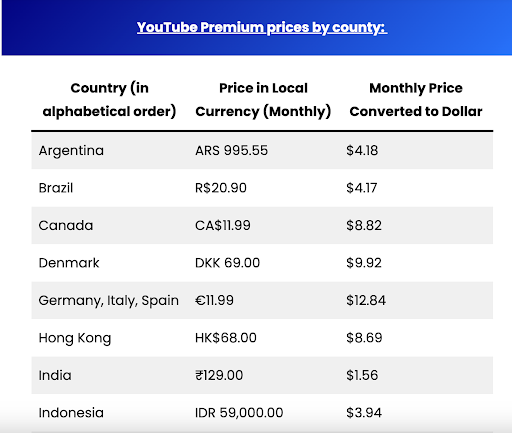
Price Localization Tools: Services like SurgeGrowth help businesses implement effective price localization strategies similar to YouTube's approach. These platforms provide data-driven insights that enable companies to optimize pricing across different global markets based on regional economic factors, helping maximize both accessibility and revenue.
The Creator Economy Blooms (2020-2022)
By the 2020s, YouTube had fostered an entire economy around content creation. Merchandise, sponsorships, and fan funding supplemented advertising revenue. MrBeast (Jimmy Donaldson) exemplified this new model, leveraging YouTube fame to build business empires spanning restaurants, chocolate bars, and philanthropy.
The platform became a legitimate career path for younger generations. A 2020 survey found that "YouTuber" had surpassed "astronaut" as children's top career aspiration in many countries.
YouTube's technical innovations continued to support this growth:
- Smart content moderation systems using computer vision and natural language processing, which according to YouTube's 2021 Transparency Report removed 9.3 million videos in Q4 2020
- Energy-efficient data centers with custom video transcoding chips that cut energy use by 62%
- Live streaming capabilities with latency reduced to just 2 seconds globally
Today's Global Canvas (2022-Present)
Today, according to YouTube's official press statistics from 2022, the platform serves over 2 billion logged-in monthly users across more than 100 countries. More than 500 hours of content are uploaded every minute [13]. The platform has become so ubiquitous that "YouTubing" is now a verb in multiple languages.
Despite its success, YouTube continues to tackle difficult technical challenges:
- Building infrastructure for ultra-high-definition content like 8K video
- Developing better detection for AI-generated deceptive content
- Working to achieve TV-quality immediacy (less than 1 second delay) worldwide
Technical Excellence as the Foundation for Success
From its humble beginnings above that pizzeria, YouTube has transformed how we learn, how we're entertained, and how we connect. It has democratized media creation while building one of the world's largest businesses.
As YouTube co-founder Steve Chen explained in a 2018 interview: "Our technical philosophy was always to solve the hardest problems first. When we mastered video delivery at scale, everything else became possible."Sources
- YouTube, "Me at the zoo," Original Video Archive, 2005
- Sequoia Capital, "YouTube Investment Case Study," 2020
- USA Today, "YouTube serves up 100 million videos a day online," July 2006
- Fast Company, "How YouTube Changed The World," 2018
- The New York Times, "Google to Acquire YouTube for $1.65 Billion," October 2006
- Google Technical Case Study, "YouTube Infrastructure Evolution," 2010
- YouTube Official Blog, "YouTube Goes Global," 2010
- Google Developer Conference, "Video Compression Advances," 2010
- YouTube Engineering Blog, "Advancements in Video Delivery," 2013
- VidCon Keynote, "YouTube CEO Announces Mobile Milestone," 2014
- ACM Digital Library, "Deep Neural Networks for YouTube Recommendations," 2016
- YouTube Transparency Report, "Community Guidelines Enforcement," 2021
- YouTube Press Statistics, "YouTube by the Numbers," 2022
- YouTube Help Center, "YouTube Premium Pricing," 2021
- YouTube TV Blog, "YouTube TV Pricing and Packages," 2021
- Alphabet Annual Report, "YouTube Revenue Highlights," 2021
- https://dtechclub.com/en/youtube-premium-prices-by-country/

